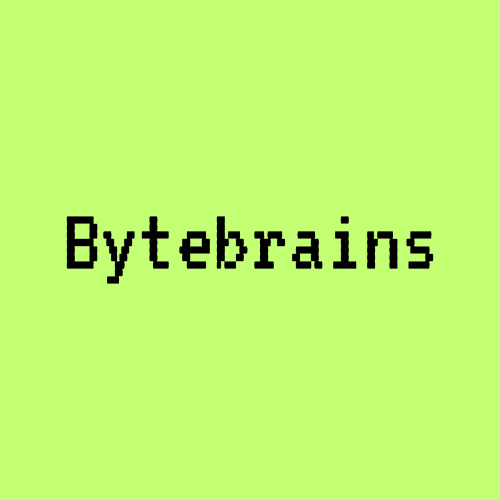Graphics Processing Units (GPUs) have come a long way since their inception. What once began as a specialized technology for rendering images in video games has now evolved into a versatile powerhouse fueling advancements in artificial intelligence (AI), machine learning (ML), cryptocurrency mining, and even scientific research. The future of GPU technology promises to be nothing short of revolutionary, with new developments in architecture, increased performance capabilities, and expanded applications across various industries.
As we look ahead, several key trends and innovations are set to shape the future of GPUs. This article explores these trends, how they will impact industries such as gaming, AI, and data processing, and what consumers and businesses can expect in the coming years.
The Evolution of GPU Technology
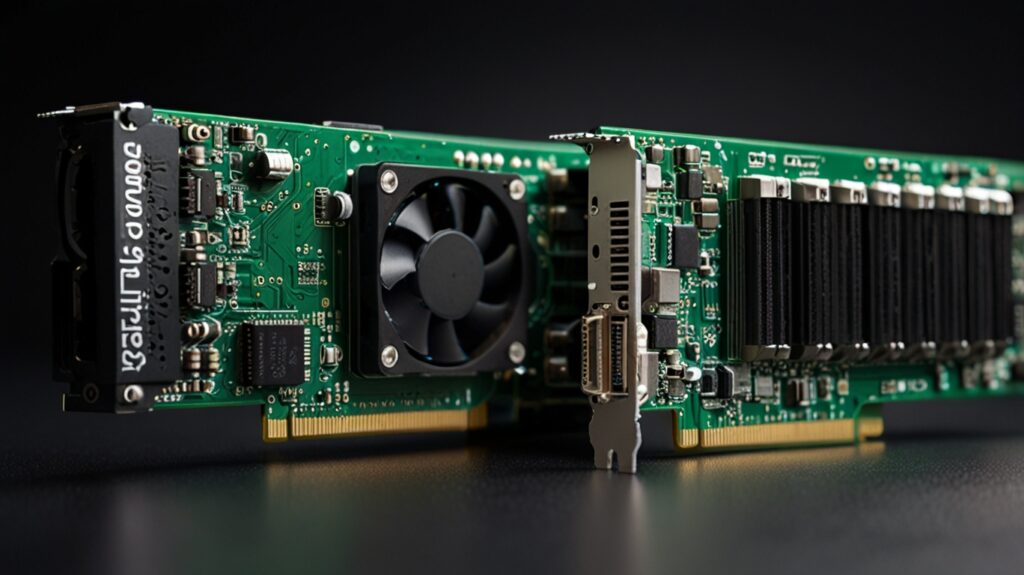
The journey of GPU technology is a remarkable one, marked by continuous innovation. Initially, GPUs were designed to handle the complex calculations required for rendering graphics in video games. Their parallel processing capabilities made them highly efficient at performing multiple tasks simultaneously, a characteristic that soon caught the attention of researchers and engineers in other fields.
Today, GPUs are not just limited to gaming but are an integral part of supercomputing, AI, and big data processing. As we look to the future, the GPU landscape will likely continue to evolve, fueled by advancements in architecture, power efficiency, and processing speed.
One major trend in GPU evolution is the development of multi-core GPUs. Manufacturers are focusing on creating GPUs with more cores to improve their ability to handle large-scale computations, especially in AI and machine learning applications. This shift towards multi-core architectures will enable GPUs to process more data in parallel, significantly enhancing their overall performance.
The Role of AI in Shaping GPU’s Future

Artificial Intelligence (AI) and machine learning have been major drivers of GPU innovation. As AI systems become more complex, the need for powerful computing hardware has grown. GPUs, with their ability to perform parallel computations, are perfectly suited for AI workloads, such as neural network training and data analysis.
One of the most exciting areas where GPUs are expected to make a significant impact is deep learning. Deep learning models require massive amounts of data to train and operate efficiently, and GPUs are essential in this process. In the future, we can expect GPUs to become even more specialized for AI tasks, with architectures optimized for deep learning frameworks such as TensorFlow and PyTorch.
Furthermore, the rise of Edge AI—where AI processing is performed locally on devices rather than relying on cloud infrastructure—will demand smaller, more energy-efficient GPUs. These specialized GPUs will allow real-time AI processing in industries such as autonomous vehicles, healthcare, and smart cities, where low-latency AI decisions are critical.
The Future of GPUs in Gaming
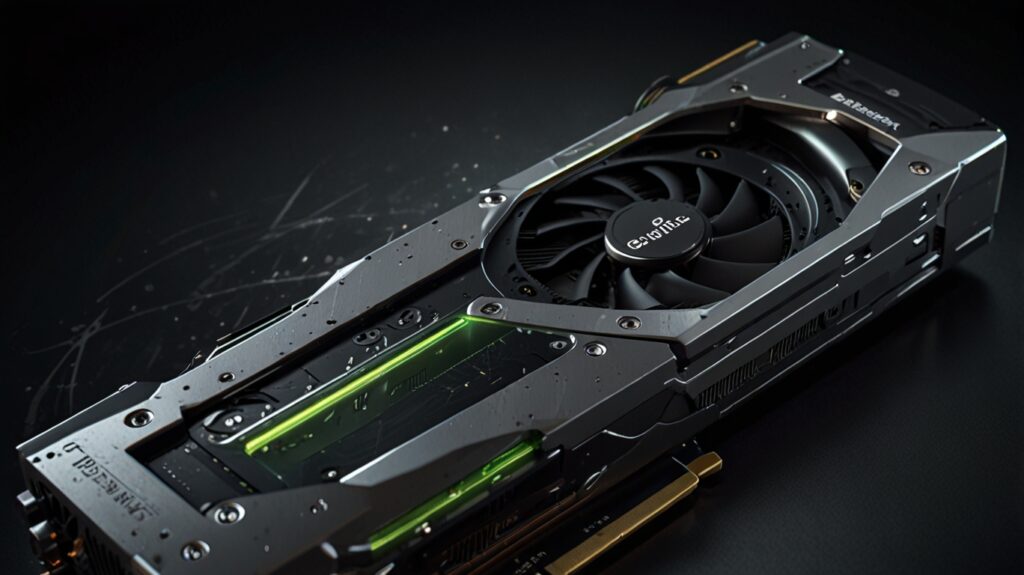
Gaming remains one of the primary applications for GPUs, and the future of GPUs in gaming is filled with exciting possibilities. With the arrival of new gaming consoles and the rise of high-performance PC gaming, GPUs will continue to push the boundaries of visual fidelity and frame rates.
Ray tracing is one technology that is likely to see significant advancements in the coming years. While it is already available in many high-end GPUs today, the future will see more widespread adoption of ray tracing across all gaming platforms. This technology simulates how light interacts with objects in real-time, creating incredibly lifelike shadows, reflections, and textures. As GPUs become more powerful, ray tracing will become a standard feature in gaming, delivering an unprecedented level of realism.
Another area where gaming GPUs will see major improvements is in virtual reality (VR) and augmented reality (AR). Both VR and AR place significant demands on hardware, requiring high frame rates and low latency to deliver a smooth and immersive experience. Future GPUs will need to meet these challenges by offering even greater processing power and efficiency.
In addition to performance improvements, the gaming industry is also exploring the potential of cloud gaming. Services like NVIDIA GeForce Now and Google Stadia allow users to stream games from powerful remote servers to their devices. As internet speeds increase and GPUs become more capable of handling cloud-based workloads, cloud gaming could become the dominant form of gaming, eliminating the need for high-end gaming PCs or consoles.
GPU Architecture: Innovations on the Horizon

GPU manufacturers like NVIDIA and AMD are continuously pushing the envelope when it comes to GPU architecture. The future of GPU architecture will focus on improving efficiency, reducing power consumption, and increasing performance. One trend that is expected to dominate the next generation of GPUs is the development of heterogeneous computing architectures.
Heterogeneous computing combines different types of processors, such as CPUs and GPUs, to handle specific tasks more efficiently. In this model, the CPU takes on tasks that require sequential processing, while the GPU handles parallel workloads. This division of labor leads to faster and more efficient processing, which is particularly important for tasks like AI training, scientific simulations, and 3D rendering.
Another architectural innovation to watch is the move towards chiplet designs. Traditional monolithic chips are limited in size and scalability, but chiplets allow for the creation of larger, more powerful GPUs by combining multiple smaller chips. This modular approach could significantly improve the performance of future GPUs, particularly in high-performance computing (HPC) and AI applications.
Power Efficiency and Sustainability in GPUs
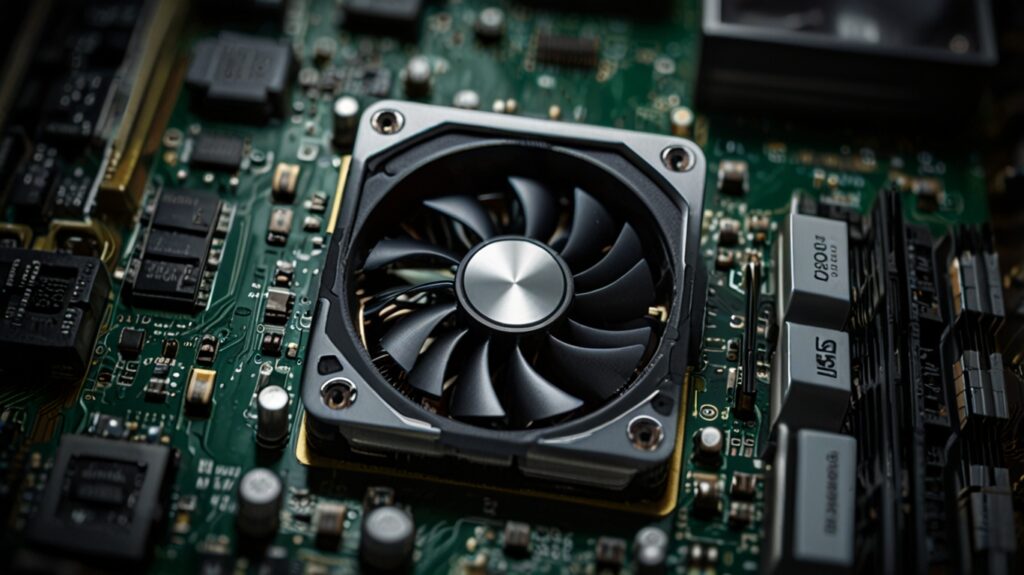
As GPUs become more powerful, their energy consumption has also increased. This presents a challenge, especially as sustainability becomes a growing concern for businesses and consumers alike. The future of GPUs will need to address these concerns by improving power efficiency and reducing the environmental impact of their production and operation.
One approach to improving power efficiency is through dynamic voltage and frequency scaling (DVFS). DVFS allows GPUs to adjust their power consumption based on the workload, ensuring that they use only the necessary amount of power for each task. This technology is already being used in some GPUs, but future iterations will likely see even greater improvements in efficiency.
Another trend is the development of energy-efficient AI accelerators. These specialized GPUs are designed specifically for AI tasks, offering high performance while consuming less power than traditional GPUs. As AI becomes more prevalent across industries, the demand for energy-efficient GPUs will continue to grow.
GPUs in Cryptocurrency and Blockchain
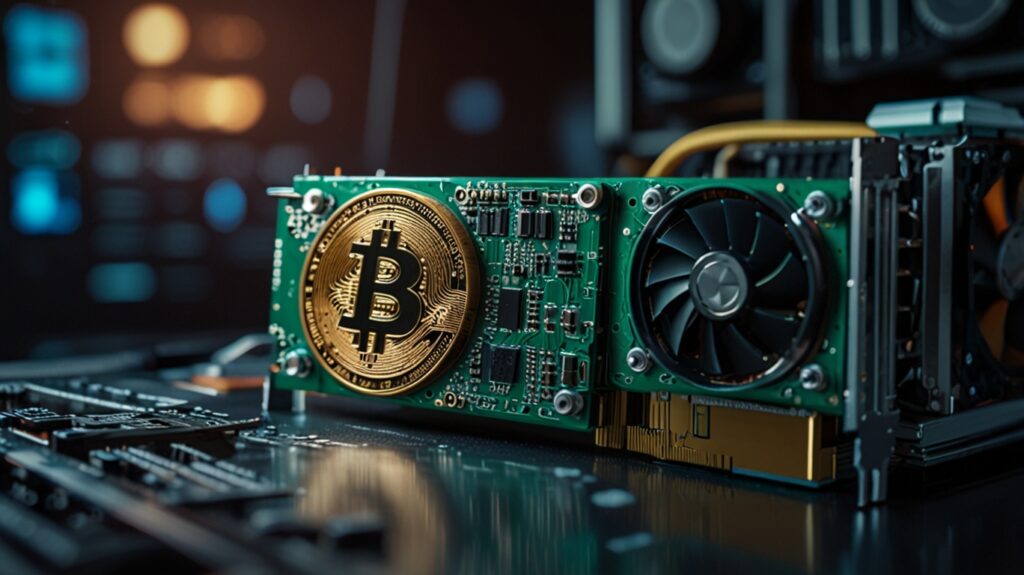
Cryptocurrency mining has been another major driver of GPU demand, and the future of GPUs in this space is still evolving. GPUs have traditionally been used for mining cryptocurrencies like Bitcoin and Ethereum, thanks to their ability to perform complex mathematical calculations required for blockchain operations.
However, the rise of ASICs (Application-Specific Integrated Circuits), which are more efficient at mining than GPUs, has reduced the role of GPUs in cryptocurrency mining. Nevertheless, GPUs are still widely used for mining smaller cryptocurrencies and for decentralized finance (DeFi) applications. In the future, GPUs may play a key role in the development of new blockchain technologies and consensus algorithms.
GPUs in Scientific Research and High-Performance Computing (HPC)
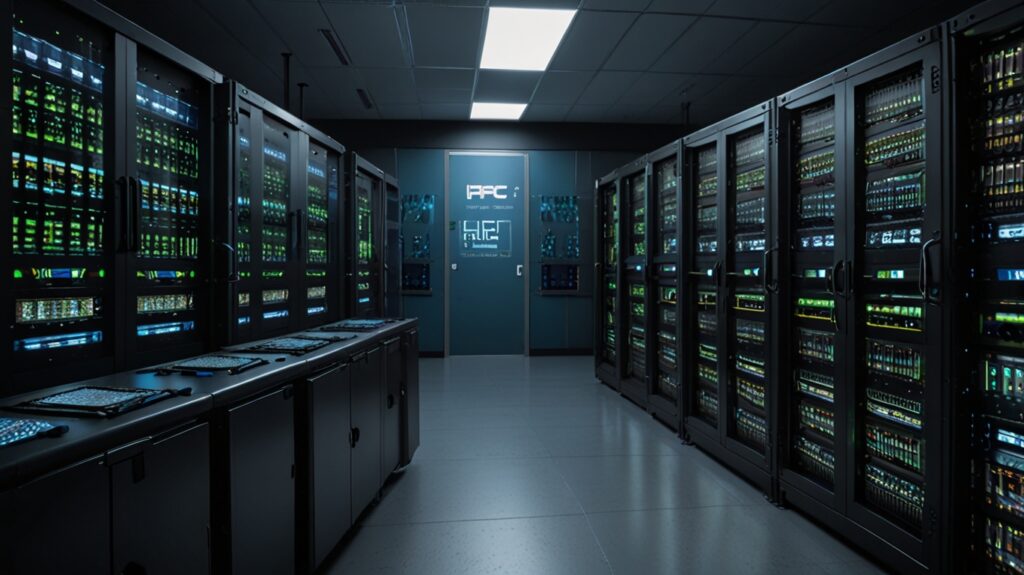
The use of GPUs in scientific research and high-performance computing (HPC) has grown significantly in recent years, and this trend is expected to continue. GPUs are well-suited for processing large datasets and performing complex simulations, making them invaluable tools in fields like genomics, climate modeling, and particle physics.
In the future, we can expect GPUs to play an even greater role in scientific research, particularly as researchers develop more sophisticated simulations and experiments. For example, GPUs are already being used to model protein folding, a critical area of research for understanding diseases and developing new treatments. As GPU technology continues to advance, these simulations will become more accurate and efficient, leading to new breakthroughs in science and medicine.
Quantum Computing and GPUs: A Synergistic Future?
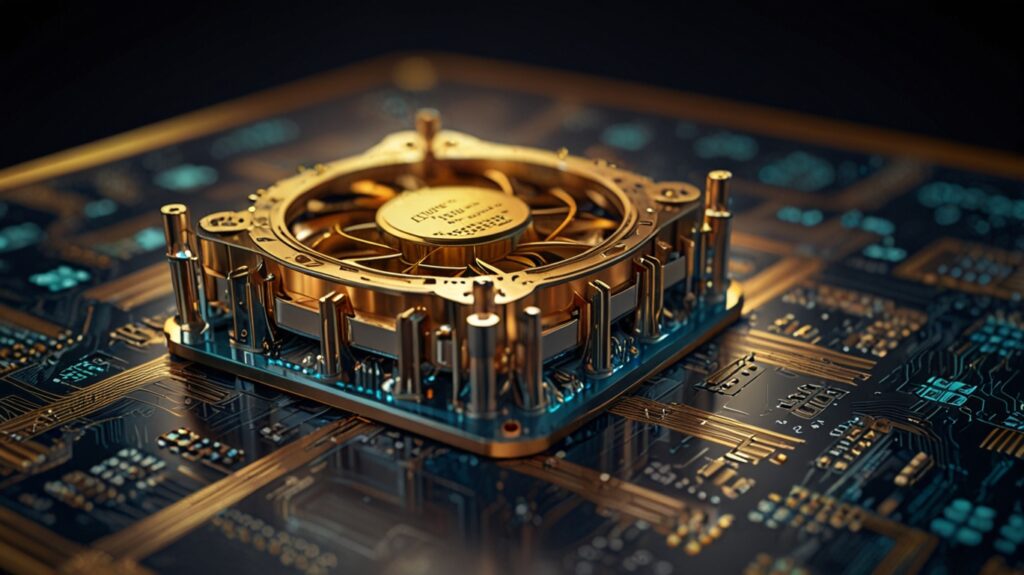
One of the most intriguing possibilities for the future of GPUs is their potential role in quantum computing. While quantum computing is still in its infancy, it promises to revolutionize computing by solving problems that are currently impossible for classical computers to tackle.
Although quantum computers will likely not replace traditional GPUs, the two technologies could work together in a complementary fashion. GPUs could be used to handle the classical parts of a computation, while quantum processors take on the quantum tasks. This hybrid approach could significantly accelerate progress in fields like AI, cryptography, and material science.
The Future of GPUs: Consumer and Business Implications
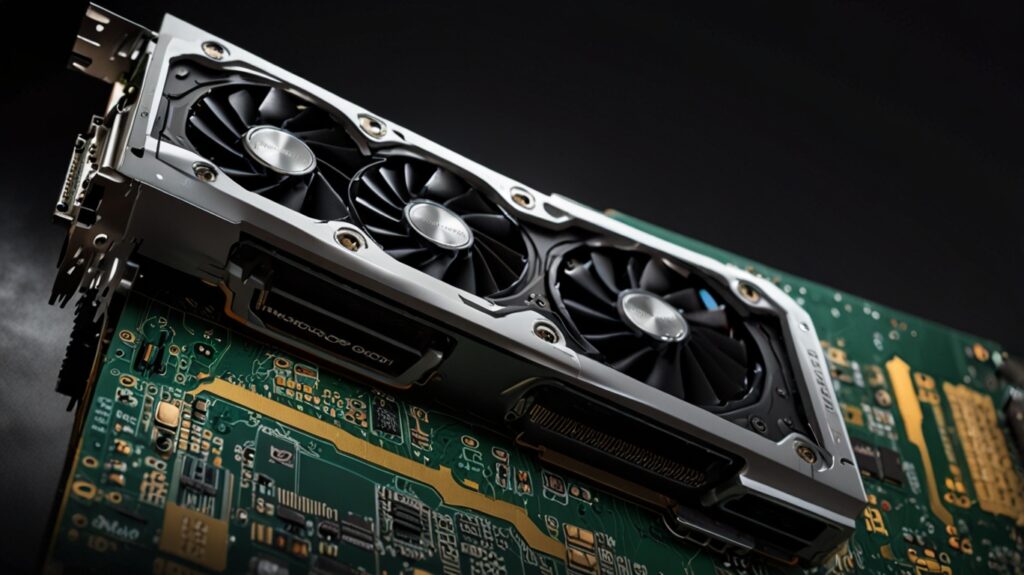
The future of GPUs is not just about technology but also about how consumers and businesses will benefit from these advancements. For consumers, more powerful GPUs will mean better gaming experiences, more immersive virtual worlds, and faster performance in creative applications like video editing and 3D modeling.
For businesses, the implications are even broader. Industries that rely on big data, AI, and machine learning will see significant gains in efficiency and performance. In fields like healthcare, autonomous vehicles, and finance, GPUs will play a crucial role in enabling real-time decision-making and processing large volumes of data.
Moreover, as cloud computing and AI continue to grow, the demand for powerful GPUs in data centers will increase. Cloud providers like AWS, Google Cloud, and Microsoft Azure are already investing heavily in GPU infrastructure, and this trend will only accelerate as more businesses adopt AI-driven solutions.
FAQs
What role do GPUs play in AI and machine learning?
GPUs are essential for AI and machine learning because of their ability to perform parallel computations. This makes them ideal for tasks like training neural networks, processing large datasets, and running deep learning models.
How will quantum computing impact the future of GPUs?
Quantum computing is still in its early stages, but it could work alongside GPUs to solve complex problems. GPUs could handle
classical computations while quantum processors take on quantum-specific tasks, leading to faster and more efficient processing.
What are the biggest challenges facing the future of GPUs?
One of the biggest challenges is power efficiency. As GPUs become more powerful, their energy consumption increases. Manufacturers are working on solutions like dynamic voltage scaling and energy-efficient AI accelerators to address this issue.
Will cloud gaming replace traditional gaming hardware?
Cloud gaming has the potential to become a dominant form of gaming as internet speeds improve and GPUs become more capable of handling remote workloads. However, traditional gaming hardware will likely remain popular for the foreseeable future.
How will GPUs impact industries beyond gaming?
GPUs are already being used in industries like healthcare, finance, and autonomous vehicles for tasks like data processing, AI decision-making, and real-time simulations. Their impact will only grow as these industries continue to adopt AI-driven solutions.
What is ray tracing, and how will it shape the future of gaming?
Ray tracing is a rendering technique that simulates how light interacts with objects, creating realistic shadows, reflections, and textures. As GPUs become more powerful, ray tracing will become a standard feature in gaming, delivering more lifelike graphics.
Conclusion
The future of GPU technology is full of exciting possibilities. From gaming and AI to scientific research and cryptocurrency, GPUs are driving innovation across industries. As manufacturers continue to push the boundaries of performance and efficiency, we can expect even more groundbreaking developments in the years to come.
